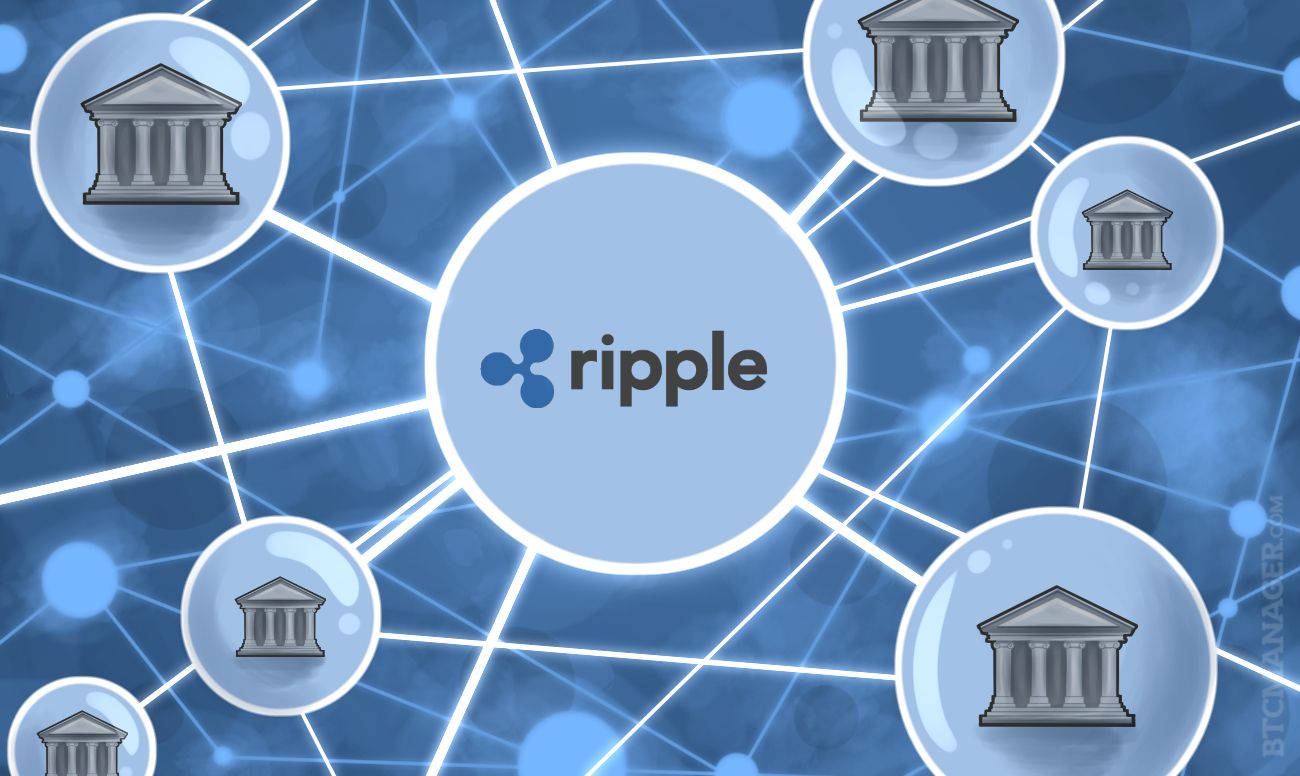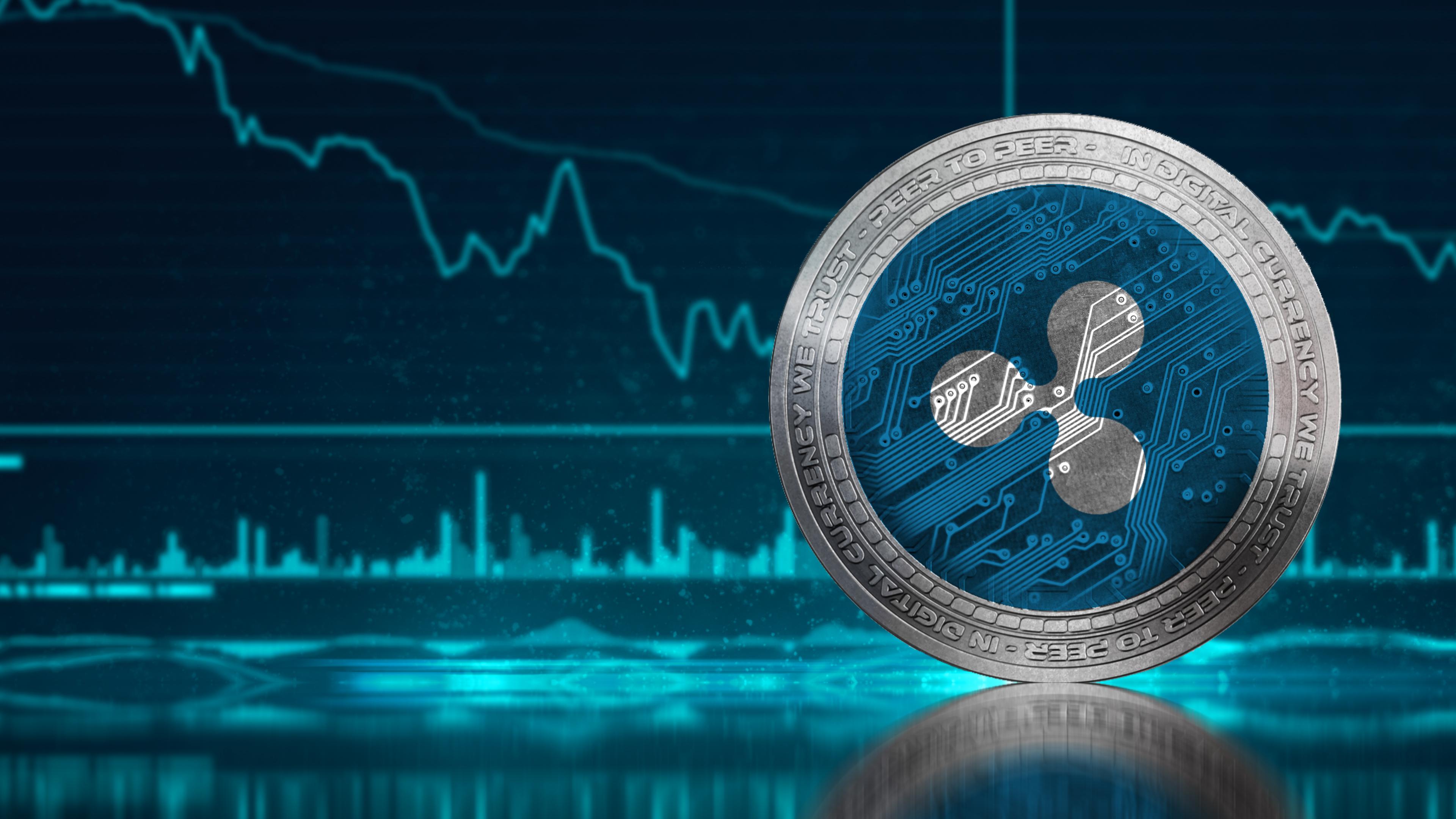Ripple and XRP: Ripple Xrp

Ripple and XRP are often discussed together, but they are distinct entities. Ripple is a company that provides a global payment network and settlement system, while XRP is a cryptocurrency that facilitates transactions on this network. Understanding the nuances of both is crucial to comprehending their role in the financial world.
History of Ripple and XRP
Ripple’s journey began in 2011 when Jed McCaleb and Chris Larsen founded a company called OpenCoin. Their mission was to develop a faster, cheaper, and more efficient way to transfer money across borders. OpenCoin launched the XRP cryptocurrency in 2012, initially known as “Ripple.” In 2013, the company rebranded itself as Ripple Labs, and in 2015, it released its first version of the RippleNet platform.
The following are some key milestones in Ripple’s history:
- 2011: OpenCoin founded by Jed McCaleb and Chris Larsen.
- 2012: XRP cryptocurrency launched.
- 2013: Company rebranded as Ripple Labs.
- 2015: First version of RippleNet platform released.
- 2018: XRP reaches an all-time high price of $3.84.
- 2020: Ripple Labs becomes Ripple.
Technology Behind XRP
XRP utilizes a unique consensus mechanism called the “Ripple Consensus Ledger” (RCL). This mechanism enables fast and efficient transactions by relying on a network of trusted validators, rather than relying on traditional mining.
Transaction Speed and Scalability
XRP transactions are known for their speed and scalability. The RCL can process up to 1,500 transactions per second, making it significantly faster than other blockchains. Its scalability allows it to handle a large volume of transactions without compromising speed or efficiency.
“XRP’s transaction speed and scalability make it an attractive option for cross-border payments.”
Difference Between Ripple and XRP
Ripple (the company) and XRP (the cryptocurrency) are distinct entities, although they are intertwined.
- Ripple (the company) is a financial technology company that provides a global payment network and settlement system.
- XRP (the cryptocurrency) is a digital asset that facilitates transactions on Ripple’s network.
RippleNet, the company’s network, enables financial institutions to connect and send payments using various methods, including XRP. However, XRP is not mandatory for transactions on RippleNet; institutions can also choose to settle payments in other currencies.
The Future of Ripple and XRP

The future of Ripple and XRP is intertwined with the evolution of the global financial landscape, driven by advancements in blockchain technology and the growing demand for faster, more efficient cross-border payments. While challenges exist, the potential for Ripple and XRP to reshape the financial world is significant.
Potential Challenges and Opportunities
The future of Ripple and XRP is not without its challenges. Regulatory uncertainty remains a significant hurdle, with different jurisdictions approaching cryptocurrencies and blockchain technology with varying degrees of openness. The legal battle with the Securities and Exchange Commission (SEC) in the United States, alleging that XRP is a security, adds further uncertainty. However, the growing adoption of RippleNet, the company’s blockchain-based payments network, and the increasing use of XRP for cross-border transactions present significant opportunities for growth.
Impact of Emerging Technologies, Ripple xrp
The emergence of decentralized finance (DeFi) and other blockchain-based technologies presents both opportunities and challenges for Ripple and XRP. DeFi platforms offer alternative solutions for cross-border payments, potentially competing with RippleNet. However, Ripple’s focus on institutional clients and its established partnerships with banks and financial institutions provide a strong foundation for continued growth. Moreover, XRP’s low transaction fees and fast transaction speeds make it an attractive option for DeFi applications.
Market Position and Technological Advancements
Ripple’s current market position as a leading provider of blockchain-based payment solutions, coupled with the ongoing development of its technology, positions it for continued success. RippleNet’s global reach and its growing network of financial institutions provide a strong platform for expanding its reach and increasing the adoption of XRP. The company’s commitment to innovation, including the development of new products and services, further strengthens its competitive advantage.
Adoption of XRP
The adoption of XRP as a bridge currency for cross-border payments is crucial for its future success. Increased use of XRP for payments will drive demand and enhance its value. Ripple’s efforts to promote the use of XRP among its partners and its active engagement with the crypto community are essential for achieving widespread adoption.
Ripple XRP, the cryptocurrency aiming to revolutionize cross-border payments, might be inspired by the rise of Kenny Pickett, the young quarterback leading the kenny pickett eagles. Just like Pickett’s journey from draft pick to leader, XRP is striving to overcome challenges and establish itself as a dominant force in the financial landscape.
Ripple XRP, the digital asset aiming to revolutionize cross-border payments, might not be the first thing that comes to mind when you think of relaxation, but imagine this: you’re chilling on a sunny beach, sipping a tropical drink, and enjoying the view from your comfy Coleman deck chair with table , and bam! You receive a seamless and fast XRP payment from a friend in another country.
Now that’s what we call a truly globalized experience, right?
